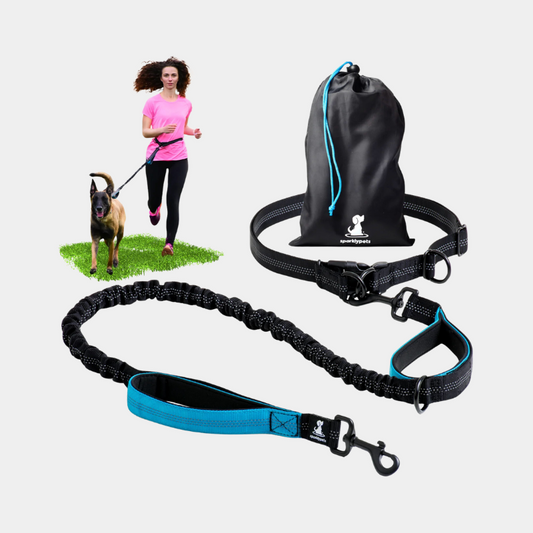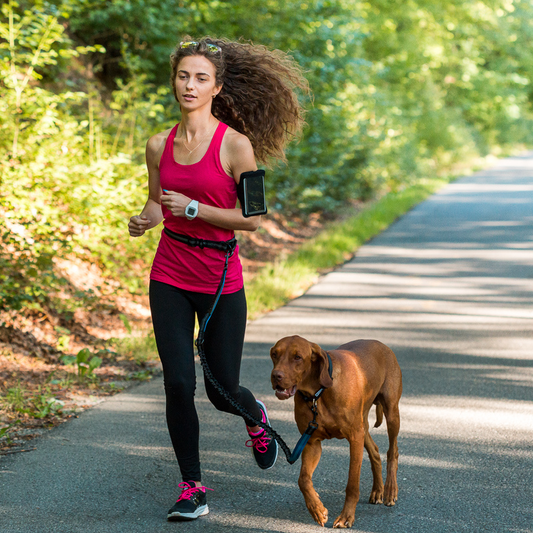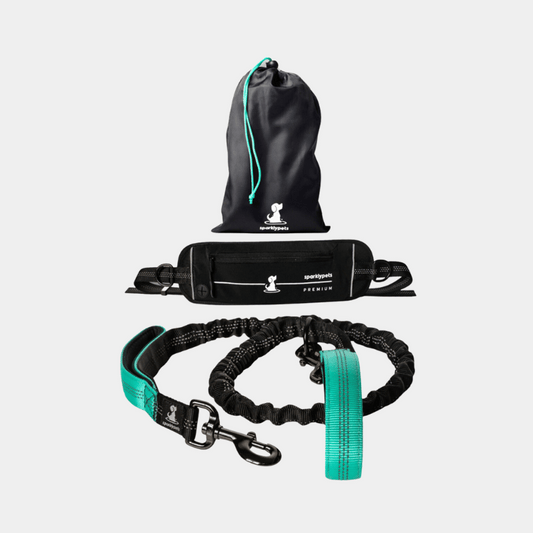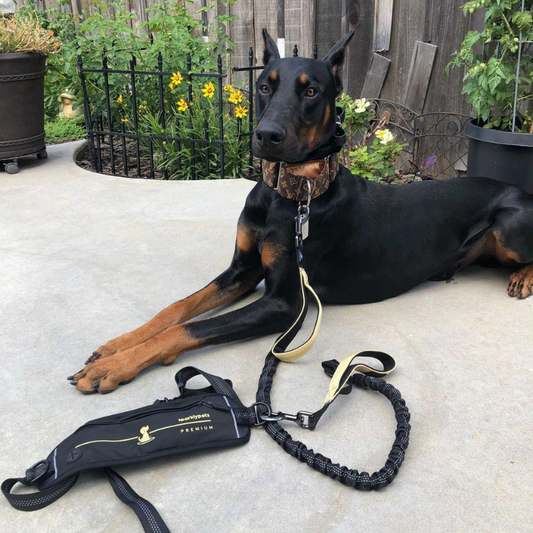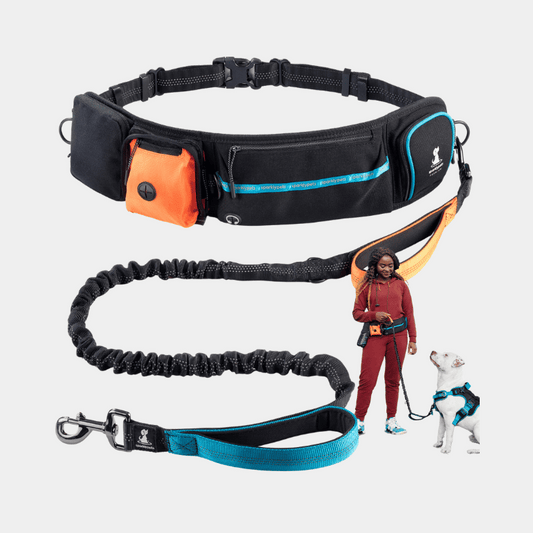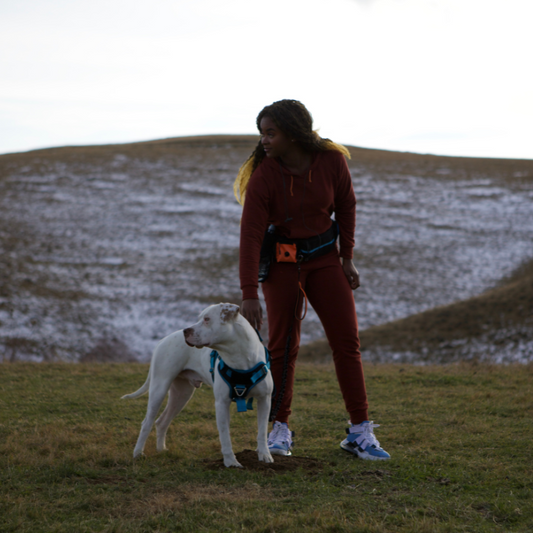Stay, heel, sit. These are the most typical commands you would teach your dog, right? Do you know why they are so important or what other commands are crucial for your dog to know? We’re going to go deeper into what commands you should teach your dog, to ensure both his or her safety and the safety of everyone around them.
Sit
Teaching their dog to sit on command is one of the first things pet owners tend to do. This command is one of the most simple ones out there and can be easily taught with the help of some treats and a bit of patience.
You can teach your dog to sit on command by placing a treat as close to his nose as possible (to allow him to smell it) but not let him eat it. Do this while your dog is already sitting, and then move the treat slightly up. Your dog should only follow it with his head. If that’s the case and he remains in a sitting position, say the word “Sit”, then give him the treat and offer praises. In time, your dog will associate this behavior with the cued word. If you want to release your dog from the command, “Okay” or “Break” are good words to use.
This command serves multiple purposes, one of the main ones being the ability to control your dog’s behavior around other people (especially if your dog is friendly, but around people who are afraid of dogs), around other pets, or around dangerous things.
Stay
Similar to Sit, “Stay” is very common when it comes to the first commands pet owners teach their pups. You can think of it as the “level up” from the “Sit” command, and you’ll be able to master it once your dog is comfortably sitting on command.
While the dog is sitting, place a treat close to him, say “Stay” and move a few steps back. If your dog stays and waits for you to get back closer, offer the treat and praises. If he doesn’t say NO firmly then move a few steps back further. Make sure you don’t go too far or stay too long. Try to get back to your dog before they get a chance to make a mistake (move), especially in the early stages, when your dog is still figuring out what you’re trying to communicate.
This command will help you reign in your dog in public situations and be able to bring him with you in public places or calm him down when needed.
Heel
Having your dog pull on his leash or controlling the speed of your walk is not only inconvenient but also it would contribute to disobedient behavior. Heeling on command will let your dog know you’re the leader of the pack and this could prevent risky situations.
Besides, pulling on the leash could result in health concerns for your dog so it’s best to avoid it as much as possible. You can also use a no pull leash when teaching your dog this command, as it comes with a bungee extension that will gently pull your dog back, to let him know that he shouldn’t change the pace.
To teach your dog to heel, hold the leash in your right hand, and pull slightly with your left. Keep a treat next to you while your dog is in the sit position. Then move a few steps away, keeping the treat at your pace and gently saying the command to heel. If the dog keeps up the pace, offer the treat and praises, then repeat.

Down
Very useful in social situations, teaching a dog to stand down may help calm down overly enthusiastic doggos. Think of the time that guest who has a fear of dogs comes over and your friendly dog just stays down and doesn’t jump all over them. This is what you want to achieve with the “Down” command.
To teach this to your dog, add a yummy-smelling treat in your palm and close it. Let your dog smell it, then lower your hand. Your dog should be following the scent and lay down. As soon as he’s down, say the command “Down”, then give him the treat and praises.
Wait
Patience is a virtue, not just for humans, but for dogs as well. So teaching your dog to wait will have him exercise his patience and in the meantime, it will give you a bit of help in dealing with some social situations where your dog needs to wait outside.
Teach your dog to wait on command, by practicing with a nearby door. Have your dog sit close to a closed door. Tell him to wait, by showing him your palm, with your fingers directed upwards, and then slowly start opening the door. Your dog will initially have the instinct to walk through, so when he does, close the door back to prevent it from happening. Repeat this step until your dog doesn’t move before you release him from the command.
No or Leave It
Boundaries are important in anyone, more so when it comes to your dog. So, when something is off-limits to your pooch, make sure you communicate it properly. Using the No command will let your dog know that you disapprove of that behavior. This command can also be called “leave it” if you’re trying to teach your dog to drop something they are not supposed to chew on, for instance.
Have a treat in each of your hands and allow your dog to smell it. Your dog will be trying to lick it and often even bark to let you know they want it. If that’s the case, hold your ground until the dog o longer has an interest in the treat. Once that happens, say “Leave it’ or “no” and then offer the treat.
Bed
We all know that puppy who’s so energetic he could play all night, walk all day right? But bedtime is necessary and getting your dog to bed with a simple command will make your life as a pet owner so much easier.
Make sure your dog has his leash on for this command training. Holding the treat in one hand and the leash in the other, guide your dog to where you want him to go. In this case, we’re talking about his bed or his crate. Say the word “Bed” or “Crate when doing this. Only give him the treat once he’s achieved the spot you led him to.
All in all, there are many commands you could teach your dog. And even though it’s tempting to start with something as simple as a “paw” or a “hi5” keep in mind that your dog needs to know some basic dog training first, that could potentially save his life or other people’s and only then start training on tricks and gimmicks.


